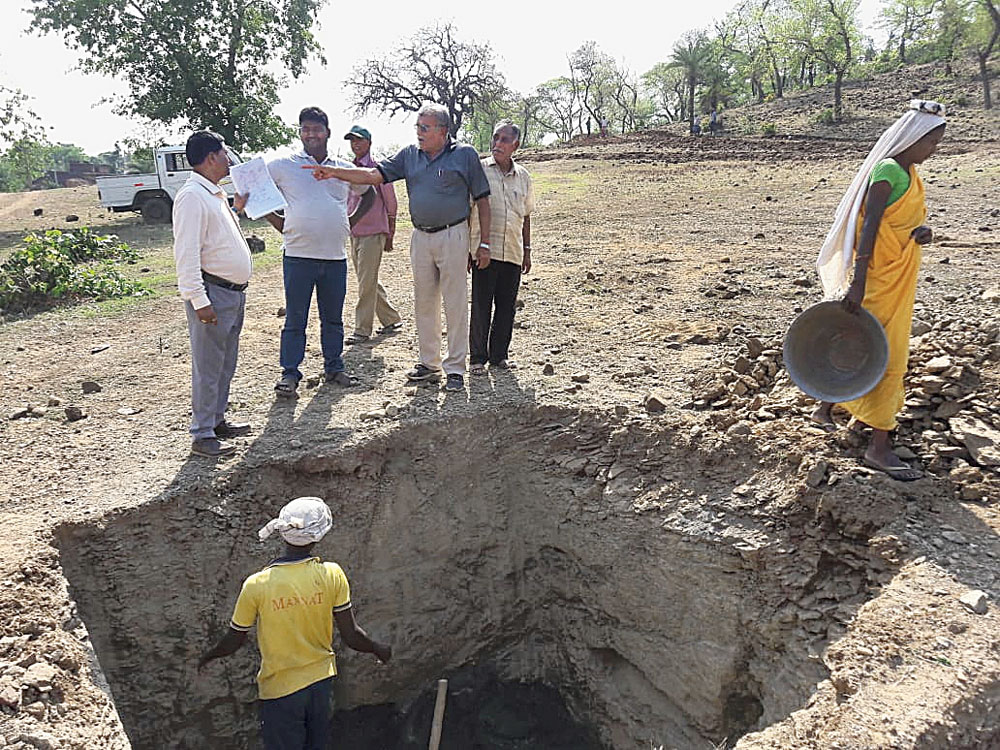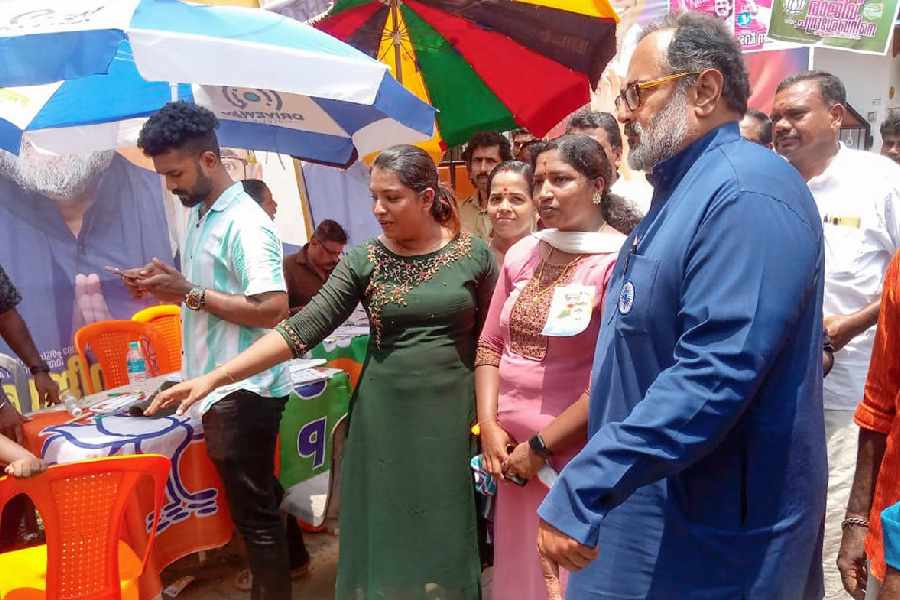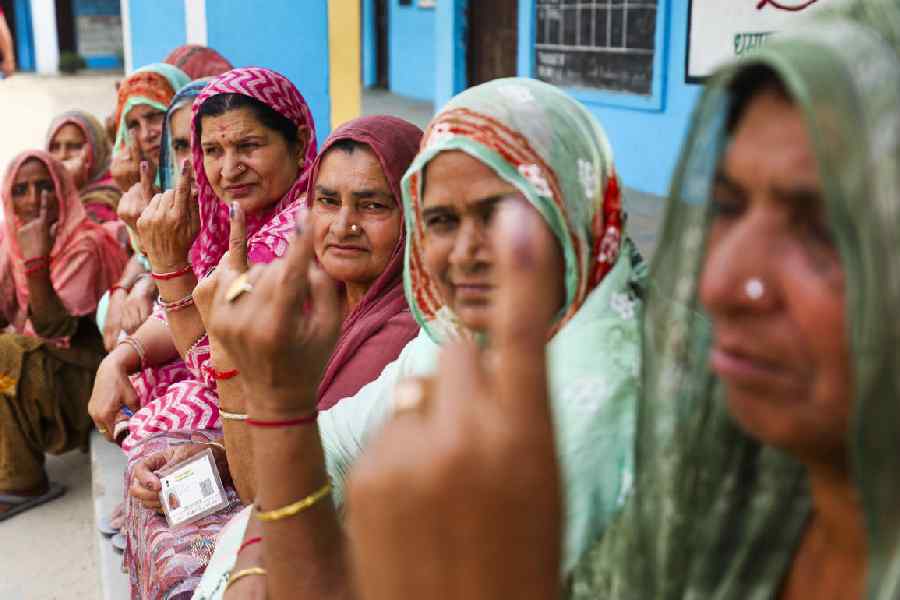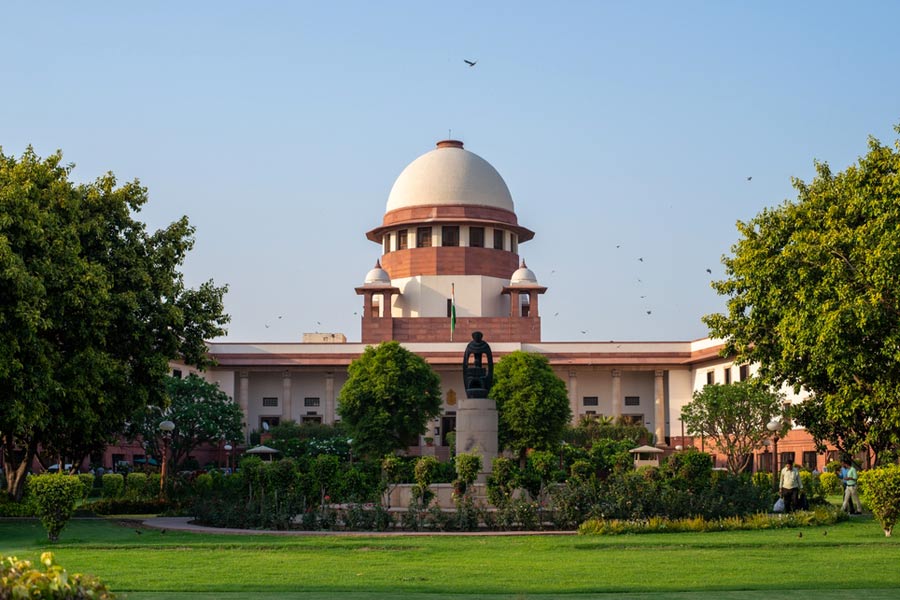The much-awaited fossil park in Sahebganj, the plan of which was in danger of becoming a fossil, is coming up finally for real.
The state government sanctioned Rs 11 crore for setting up the infrastructure and released nearly Rs 4 crore in the last financial year 2018-19 for the park at Mandro, 28km from the district town, said Mahalinga Mahendrakumar, divisional forest officer of Sahebganj overseeing the project.
The forest department happens to be the nodal agency for setting up the fossil park.
Right now, work on the boundary wall with a gate and sheds were on.
Rajmahal hills, located in Santhal Pargana, are known for rich fossils that attract geologists and paleo-botanists from across the world. Most of these are found in Mandro area, which is why the park has been set up there.
But it is a much-delayed project. Way back in 2008, the state government had signed a MoU with the Birbal Sahni Institute of Paleobotany (BSIP), Lucknow, and National Building Construction Corporation for setting up the fossil park.
Birbal Sahni (1891-1949) was the pioneer in Indian paleobotany who studied the fossils of the Indian subcontinent and frequented Rajmahal hills between 1946 and 1948 for research work. He collected many samples whose organisms are believed to be of Jurassic and Cretaceous periods, many of which are still preserved at BSIP Lucknow.
“The speciality of Rajmahal fossils is that many of these are petrified fossils (where minerals replace the structure of the organism),” said Ranjit Kumar Singh who heads geology department of Sahebganj College and has been associated with various research and exploration activities at fossil sites and the park project since 2008. “Rajmahal hills are extremely interesting. There is evidence of volcanic eruptions in the region as igneous rocks were also collected from here. Nature has preserved precious fossils for ages. Local tribals have also helped in the cause of preservation as many of them worship fossils,” the professor said.
He added that unfortunately vandalism could not be ruled out. “Many people have used these fossil stones as building material,” Singh pointed out, saying awareness and security for proper preservation of these ageless fossils were a must.
He professed satisfaction that at long last something concrete was happening with the fossil park project. “I am happy the project has now gained momentum,” he told this paper. “Not only will the park help preserve fossils for subsequent generations but facilitate research in geology, botany, archaeology and geo-physics.”
DFO Mahalinga said construction (museum, interpretation centre, guest house, among others) would begin this year and gain pace when the rest of the funds were released.
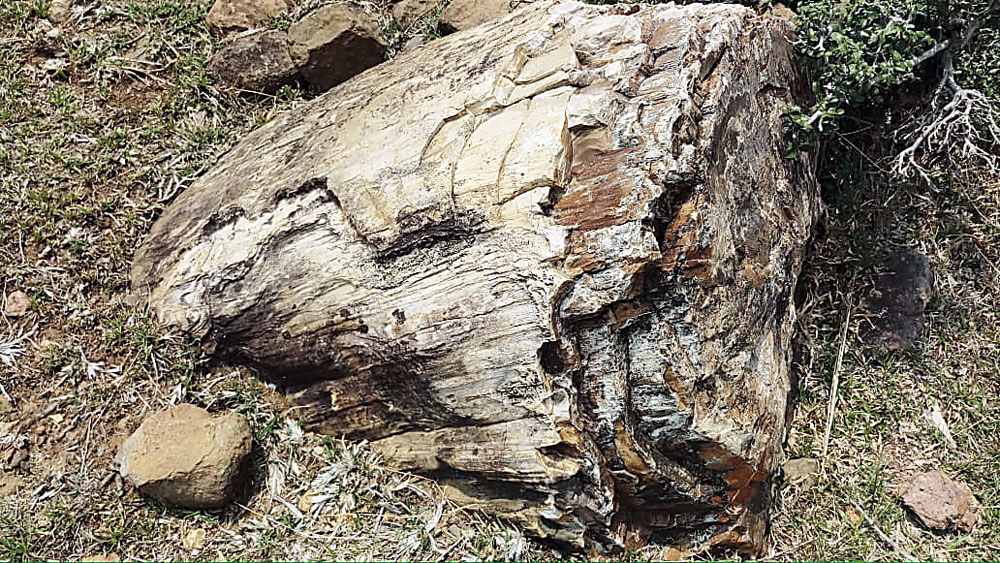
A fossil at the park Telegraph picture

